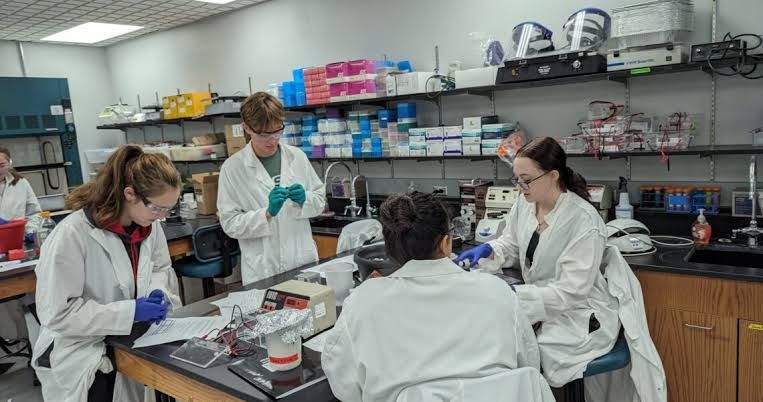
The digestion of plasmid DNA with restriction enzymes involves several key steps that ensure the successful cleavage of DNA at specific sequences, allowing for subsequent molecular cloning or analysis. Here’s a detailed step-by-step guide:
1. Preparation and Selection of Restriction Enzymes
- Choose Appropriate Enzymes: Select restriction enzymes based on the recognition sites present in your plasmid and insert DNA. Use tools like Addgene’s Sequence Analyzer to identify suitable enzymes that will cut at desired locations without affecting other important regions.
- Check Compatibility: If performing a double digest (using two enzymes), ensure that both enzymes can function in the same buffer. Most enzyme suppliers provide compatibility charts for this purpose.
2. Setting Up the Reaction Mixture
- Gather Materials: You will need:
- Plasmid DNA (typically 1 µg for cloning)
- Restriction enzyme(s) (usually 1 µL each)
- 10x restriction digest buffer (3 µL)
- Bovine serum albumin (BSA) if recommended (3 µL)
- Deionized water to bring the total volume to 30 µL.
- Mix Components: In a sterile microcentrifuge tube, combine the following in this order:
- Deionized water
- Buffer
- BSA (if required)
- Plasmid DNA
- Restriction enzyme(s).
3. Incubation
- Incubate the Reaction: Place the reaction mixture in a water bath or incubator set at the optimal temperature for your chosen restriction enzymes, typically around 37 °C.
- Duration: Incubation time can vary; generally, it ranges from 1 hour to overnight depending on the amount of DNA and specific enzyme requirements. For diagnostic digests, an incubation of about 1-2 hours is often sufficient.
4. Inactivation of Restriction Enzymes
- After digestion, it may be necessary to inactivate the restriction enzymes if further reactions are planned using the digested DNA.
- This can be done by heating the reaction at approximately 65 °C for about 15 minutes.
5. Gel Electrophoresis for Analysis
- To visualize and confirm successful digestion, perform gel electrophoresis:
- Prepare an agarose gel and load samples from your digestion reaction alongside a DNA ladder.
- Run the gel under an electric field which separates DNA fragments based on size.
- Analyze bands under UV light to check for expected fragment sizes corresponding to your plasmid backbone and insert.
6. Purification of Digested Products
- If you plan to use the digested products for ligation or other applications, purify them from any residual enzymes and buffer components using methods such as gel extraction or column purification.
Conclusion
Following these steps carefully ensures efficient digestion of plasmid DNA with restriction enzymes, facilitating downstream applications such as cloning or sequencing.







